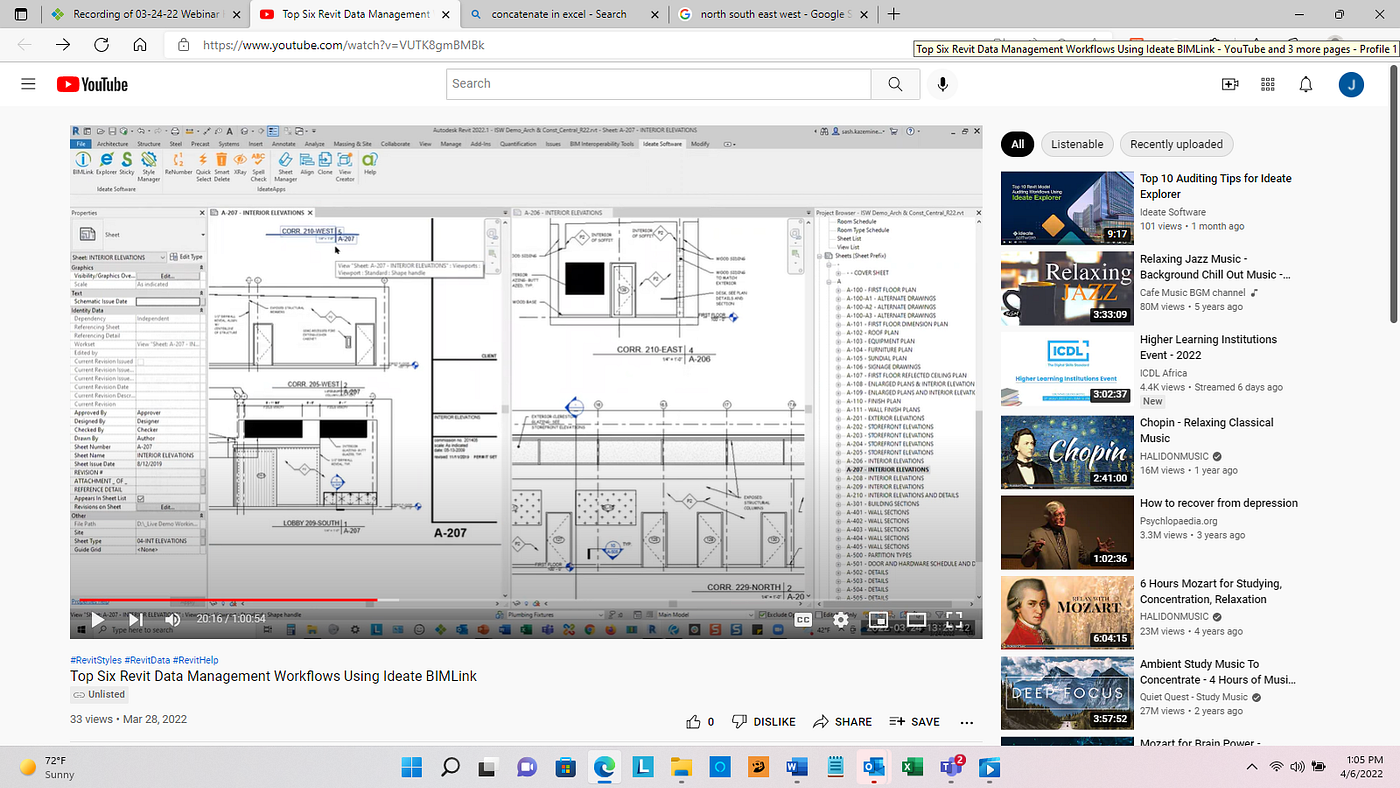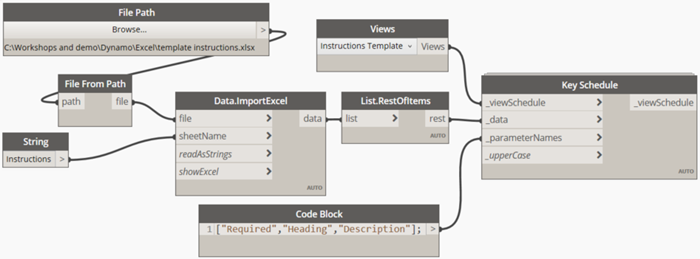Breaking Barriers: Excel Importation Techniques for Advanced Revit Users
Are you an advanced Revit individual aiming to take your skills to the following degree? In this short article, we will reveal you how to damage obstacles by leveraging Excel for importation in Revit. Explore numerous data importation approaches and master Excel combination to improve your Revit modeling capacities. With our pointers and tricks, you can conquer importation difficulties and become a real professional in making use of Excel for your Revit projects. Prepare to master your Revit journey!
Advanced Revit Users: Leveraging Excel for Importation
You can quickly take advantage of Excel for importation as an advanced Revit user. Excel is a powerful tool that can greatly enhance your process and effectiveness in Revit. With its capacity to take care of huge quantities of data and carry out complex estimations, Excel can be an useful asset in managing and organizing your job info.
One method to take advantage of Excel for importation is by utilizing the "Web link Excel" feature in Revit. This attribute permits you to connect an Excel spread sheet directly right into your Revit project, enabling you to update and synchronize data in between both programs. When dealing with routines or tracking changes in your project., this can be particularly valuable.
One more way to utilize Excel is by making use of the "Import/Export" function in Revit. This function enables you to import and export data between Revit and Excel, giving you the flexibility to work with information in both programs. You can import data from Excel right into Revit to produce aspects such as spaces, doors, or walls, and you can also export data from Revit to Excel for further evaluation or coverage.

Exploring Data Importation Techniques in Revit Making Use Of Excel
Exploring just how to import information from Excel into Revit uses efficient methods for integrating information. When you import information from Excel, you can effortlessly move information such as area timetables, material checklists, and tools information into your Revit task. This procedure enables you to save time and initiative by staying clear of manual data access.
To import data from Excel right into Revit, you can utilize the "Import/Export" attribute. This attribute enables you to map the Excel information areas to the corresponding Revit specifications, making sure that the details is properly designated within the design. By picking the suitable import choices, you can control just how the information is imported and exactly how it communicates with your task.
An additional approach for importing data from Excel into Revit is by utilizing Dynamo. Dynamo is a visual programs device that integrates with Revit and enables you to automate process and jobs. With Dynamo, you can develop customized scripts that import data from Excel and adjust it within your Revit project. This approach offers even more flexibility and personalization options.
Mastering Excel Assimilation for Advanced Revit Modeling
One key technique is importing information from Excel spreadsheets straight right into your Revit model. With a couple of simple steps, you can map the Excel columns to the equivalent Revit parameters and import the data accurately.
One more helpful method is exporting information from Revit to Excel. This allows you to draw out information from your version, such as routines or product amounts, and analyze it in Excel using solutions, charts, or other powerful devices. By leveraging the capabilities of Excel, you can execute complicated calculations, create custom-made reports, and gain beneficial insights right into your project.
Along with data transfer, Excel combination can automate recurring tasks in Revit. By developing macros check it out or scripts in Excel, you can automate processes like creating views, generating sheets, or using common family members - revit add ins. This not only conserves time yet also makes certain consistency across your job
To understand Excel assimilation in Revit, it is important to recognize the data structure and how Revit connects with Excel. By familiarizing yourself with the offered devices and techniques, you can open the full capacity of Excel assimilation and take your Revit modeling to the following level.
Overcoming Importation Challenges: Excel Techniques for Revit Specialists
When conquering importation obstacles, it is essential to be aware of reliable Excel methods that can profit specialists in Revit. As an innovative Revit customer, you recognize the relevance of perfectly importing information from Excel into your projects. Nonetheless, you might experience various difficulties along the road. By using efficient Excel techniques, you can get over these difficulties and improve your productivity.

An additional helpful technique is making use of the "Transpose" feature in Excel. This allows you to transform data from rows to columns or vice versa. When importing data into Revit, this can be specifically valuable when you have information in a vertical style in Excel, yet you need it to be in a horizontal format in Revit.
Moreover, using Excel formulas such as VLOOKUP and INDEX-MATCH can considerably aid in mapping data about his from Excel to Revit. These formulas permit you to look for details worths in Excel and fetch matching data from another column. This can save you effort and time when importing large datasets right into Revit.
Excel Data Importation Tips and Techniques for Advanced Revit Users
By acquainting on your own with efficient Excel methods and ideas, you can boost your data importation procedure as a sophisticated user of Revit. Excel is a powerful device that can greatly facilitate the importation of data into Revit, conserving you time and enhancing your performance. One useful suggestion is to make use of the "Text to Columns" feature in Excel to separate information into various columns based upon a delimiter. When you have information in a single column that requires to be split right into several columns in Revit, this can be particularly handy. Additionally, using Excel's "Paste Special" feature enables you to paste click for source data from Excel into Revit while preserving formatting, such as cell shade or font style. This can be particularly beneficial when importing information that requires specific formatting in Revit. An additional helpful method is to make use of Excel's "Discover and Change" feature to swiftly make adjustments to your information prior to importing it into Revit. As an example, you can conveniently change specific text or personalities with others, saving you the moment and effort of manually editing the information in Revit. By utilizing these Excel methods and ideas, you can simplify your information importation process and become even much more efficient in operation Revit.
Verdict
You have actually currently learned useful strategies for importing information from Excel into Revit as an innovative individual. By leveraging the power of Excel integration, you can streamline your modeling process and get rid of any importation tests that may arise. With these techniques and suggestions, you will have the ability to grasp data importation and enhance your Revit skills. So proceed, break those barriers and master your Revit tasks!

When importing data right into Revit, this can be especially handy when you have information in a vertical layout in Excel, but you need it to be in a straight style in Revit.
In addition, utilizing Excel solutions such as VLOOKUP and INDEX-MATCH can greatly aid in mapping information from Excel to Revit. Furthermore, using Excel's "Paste Special" function allows you to paste information from Excel into Revit while preserving formatting, such as cell shade or font design.